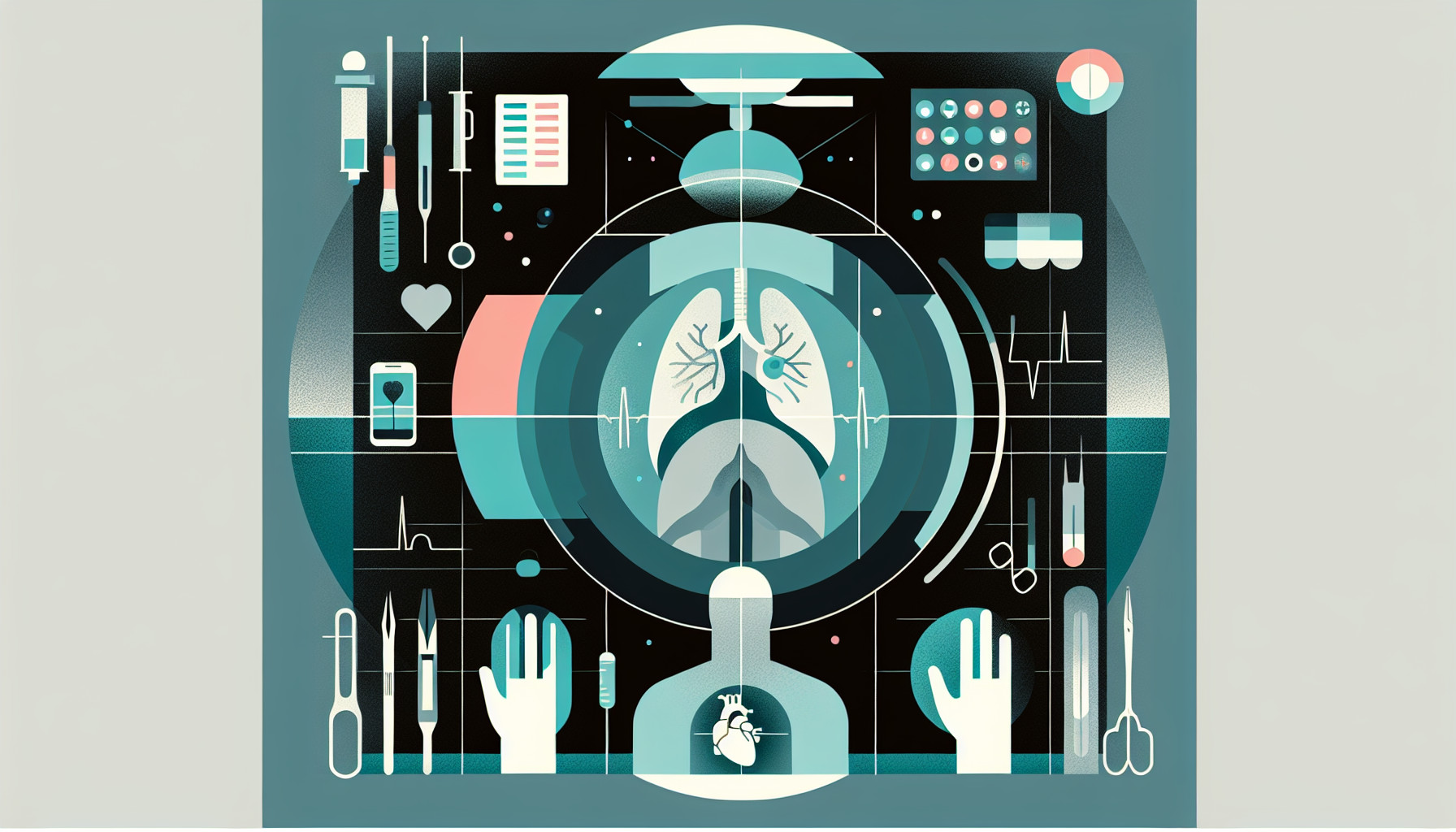Our Summary
This research paper reviews various techniques used for reconstructing nipples, especially after breast cancer surgeries. The main challenge in nipple reconstruction is ensuring that the new nipple maintains its shape and doesn’t flatten over time. There are different materials that can be used for this purpose, including tissues from the patient’s own body (autologous), tissues from a donor (allogeneic), or artificial materials (synthetic).
The researchers examined several studies to see how effective these materials were, how well they preserved the shape of the nipple, and what complications arose from using them. They searched MEDLINE, Embase, and PubMed databases for relevant studies conducted up until August 2014.
After reviewing 31 studies, they found that the quality of the research was generally low. The methods used in the studies were inconsistent, and there was a lot of variation in the materials used.
For example, synthetic materials were associated with higher rates of complications. Allogeneic grafts (tissues from a donor) were found to maintain the shape of the nipple as well as autologous grafts (tissues from the patient’s own body).
The researchers concluded that more high-quality research is needed to determine the best material for nipple reconstruction.
FAQs
- What are the different materials that can be used for nipple reconstruction?
- What were the findings of the review about the effectiveness of different materials used for nipple reconstruction?
- Why did the researchers conclude that more high-quality research is needed in the field of nipple reconstruction?
Doctor’s Tip
In the meantime, a doctor may advise a patient considering nipple reconstruction to carefully weigh the risks and benefits of each material option, and to consult with their surgeon to determine the best approach for their individual case. It is also important for the patient to follow post-operative care instructions closely to ensure the best possible outcome.
Suitable For
Patients who have undergone mastectomies or breast cancer surgeries and desire nipple reconstruction are typically recommended for this procedure. Nipple reconstruction can help improve the aesthetic appearance of the breasts and enhance the patient’s self-esteem and body image. It is important for patients to discuss their goals and expectations with their plastic surgeon to determine if nipple reconstruction is the right choice for them.
Timeline
Before nipple reconstruction, a patient typically undergoes a mastectomy or other breast cancer surgery, which results in the removal of the nipple and areola. After the initial surgery, the patient may choose to undergo nipple reconstruction to restore the appearance of the breast.
During nipple reconstruction, the surgeon may use various techniques and materials to create a new nipple, such as skin grafts, local tissue flaps, or synthetic materials. The surgery is usually performed under local anesthesia, and the recovery time is relatively quick.
After nipple reconstruction, the patient may experience some swelling, bruising, and discomfort at the surgical site. The newly reconstructed nipple may initially appear swollen or discolored, but over time it will settle into a more natural appearance.
Overall, nipple reconstruction can help improve the aesthetic appearance of the breast and restore a sense of normalcy for the patient. It is important for patients to discuss their options with their surgeon and understand the potential risks and benefits of nipple reconstruction before undergoing the procedure.
What to Ask Your Doctor
Some questions a patient should ask their doctor about nipple reconstruction include:
- What are the different materials that can be used for nipple reconstruction, and what are the pros and cons of each?
- How long will the nipple reconstruction procedure take, and what is the recovery time?
- What are the potential risks and complications associated with nipple reconstruction surgery?
- Will I need multiple surgeries for nipple reconstruction, or is it usually done in one procedure?
- How long will the results of the nipple reconstruction last, and will I need any follow-up procedures in the future?
- Can you show me before and after photos of previous patients who have undergone nipple reconstruction?
- What is the success rate of nipple reconstruction surgery, and what can I expect in terms of the appearance and sensation of the reconstructed nipple?
- Are there any lifestyle changes or restrictions I need to follow after nipple reconstruction surgery?
- Will insurance cover the cost of nipple reconstruction surgery, or will I need to pay out of pocket?
- How experienced are you in performing nipple reconstruction procedures, and what is your success rate with this type of surgery?
Reference
Authors: Winocour S, Saksena A, Oh C, Wu PS, Laungani A, Baltzer H, Saint-Cyr M. Journal: Plast Reconstr Surg. 2016 Jan;137(1):14e-23e. doi: 10.1097/PRS.0000000000001861. PMID: 26710046
